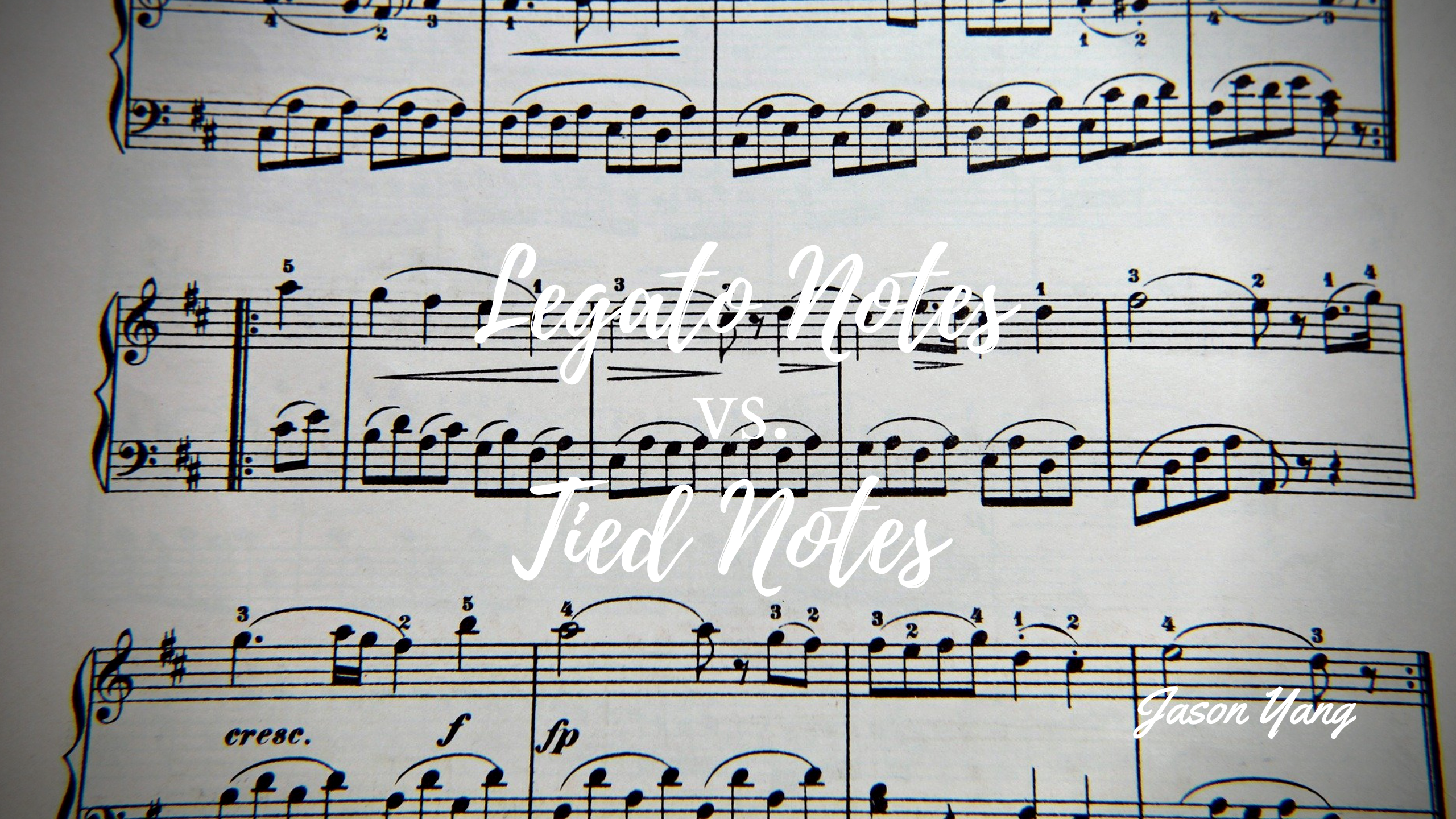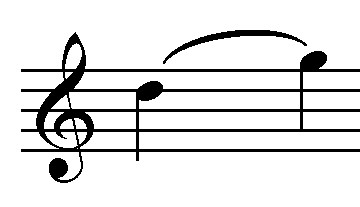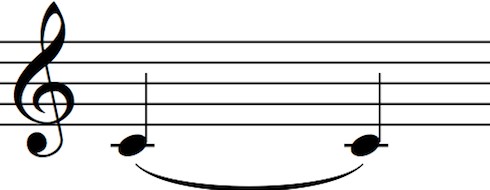8. Legato Notes vs. Tied Notes

Table of Contents
Legato Notes vs. Tied Notes
Those curved lines can be one of two things: legato notes or tied notes.
Legato Notes / Slurs
Legato means smooth, and is the opposite of staccato. The curved line in this case is called a slur.
If someone slurs their words, it means they join them together. For music, if we see a slur that means we join the notes together.
In other words, legato means we transition between notes with no gaps in between. To play legato, make sure the first note lasts its complete duration before moving onto the next one.
Here is an example of what a legato slur looks like.

Tied Notes
Tied notes are slurs to the exact same note. To play a tied note, we just add on the length of the second note to the original length of the first note.
So why do we use tied notes instead of just writing a longer value note ?
- We use tied notes to join notes over bar lines.
- We use tied notes to make longer notes. For example, we can tie two semibreves to make an 8 beat note.
Here is an example of two crotchet C’s tied together to make a minim C. If any of the above words don’t make sense, please check out this post I made about the note values.

Legato Notes and Tied Notes
Sometimes we can encounter both at the same time. Don’t worry, it sounds more complicated than it really is.
You’ll only ever encounter tied notes inside a slur, and never a slur inside a tie. Cause that would never make sense.
All we have to do when playing is to join everything together and hold the ties for their respective duration.



